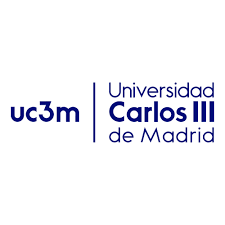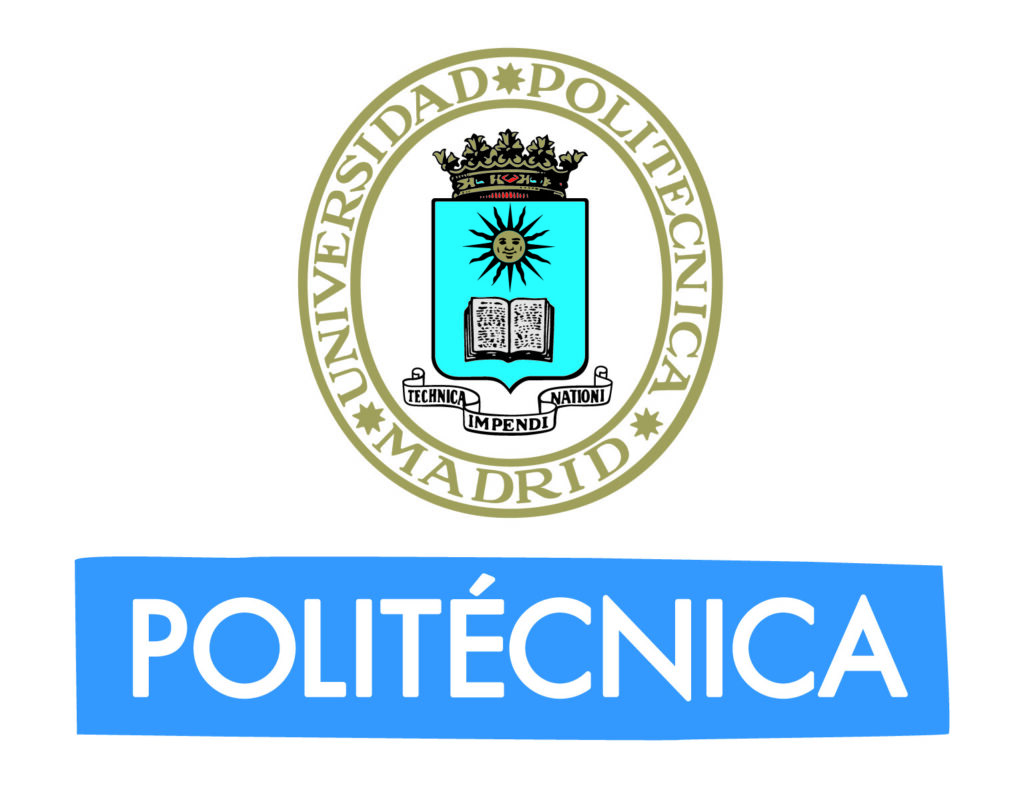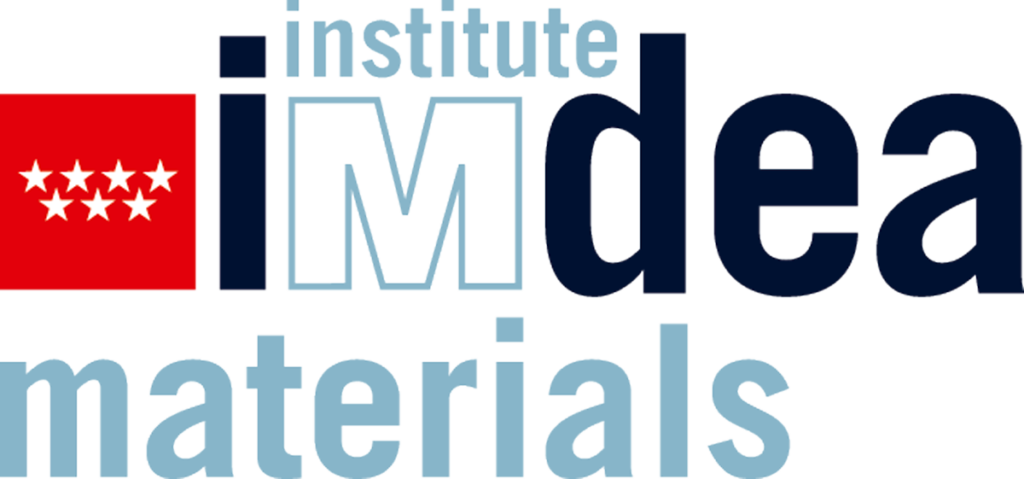Project details
Funding: Strategic Projects Focused on the Ecological Transition and Digital Transition 2021. Ministry of Science and Innovation (MCIN/AEI); European Union “Next GenerationEU”/ PRTR.
Project coordinator: Universidad Carlos III de Madrid
Project period: 01/12/2022 – 30/10/2024
IMDEA Materials' researchers
Abstract
In order to boost green transformation of our society, it is generally accepted that the energy generation must shift from traditional fossil
fuels towards a greener, renewable and more sustainable energy sources. Among the alternatives, hydrogen-based technologies are
among the strongest candidates. However, hydrogen storage remains a great challenge due mostly to the crucial issue of hydrogen
embrittlement (HE) of metals.
Austenitic steels are usually used for manufacturing vessels for hydrogen storage at low temperatures. However, as they are prone to
embrittlement due to the martensitic transformation it is necessary to search for an alternative material. HEAs have recently emerged as a
potential solution to hydrogen-related applications due to their superior properties.
From the experimental perspective, the main objectives of this subproject are twofold: i) Sinter/consolidate the powders by three different advanced manufacturing techniques, including the study of the influence of manufacturing route and process parameters on
the microstructure and ii) assess the HEAs susceptibility to hydrogen embrittlement and to understand the effect of hydrogen atoms
comparing the results with the modelling in SP2. The first objective will be achieved by accomplishing the following tasks: 1) alloy
processing by suction casting, a well-established rapid solidification technique which ensures high cooling rates of about 104 to 105 K/s, in
the order of cooling rates in additive manufacturing and gas atomization. 2) consolidation of powders produced in WP5 by a Field assisted
sintering method, developed at IMDEA Materials. The processing parameters, mainly pressure and temperature will be tuned to obtain
fully dense samples: and 3) Selective Laser Melting of the powders. The processing window for the alloys designed in SP1 will be
determined by a systematic study of the effect of SLM processing parameters, i.e. laser power, scanning velocity and strategy, hatching
distance, point distance and layer thickness. The second objective will be fulfilled by assessing the HEAs susceptibility to hydrogen
embrittlement. Several mechanical tests including microtensile, compression, hardness, and nanoindentation will be performed with and
without hydrogen charge to assess the effects of hydrogen on the microstructure and mechanical performance of the developed alloys. In
addition, the corrosion behavior will be studied by measurement of the corrosion potential by potentiometric methods and electrochemical
impedance spectroscopy in order to understand corrosion mechanisms and evaluate the hydrogen effect on the corrosion resistance of the
HEAs. From the computational perspective, this subproject will also contribute to WP2 with the development of CalPhaD-based tools for
the exploration and discovery of the multicomponent alloys space, using Python-interfaced CalPhaD calculations. In addition to a key
contribution to the synergistic alloy design tasks in SP1, these activities will result in two additional contributions, in the form of i) a
rationalized set of design rules for novel hydrogen-resistant HEAs (also accounting for modelling results form SP2), and ii) the critical
assessment of available thermodynamics databases currently available for HEAs.
Partners



Funded by

NATURE is a subproject of the Coordinated Project “High Entropy Alloys Resistant to Hydrogen Embrittlement” (EARTH) (ref. TED2021-130255B-C31), funded by MCIN/AEI/10.13039/501100011033 and by the European Union “NextGenerationEU”/PRTR.
